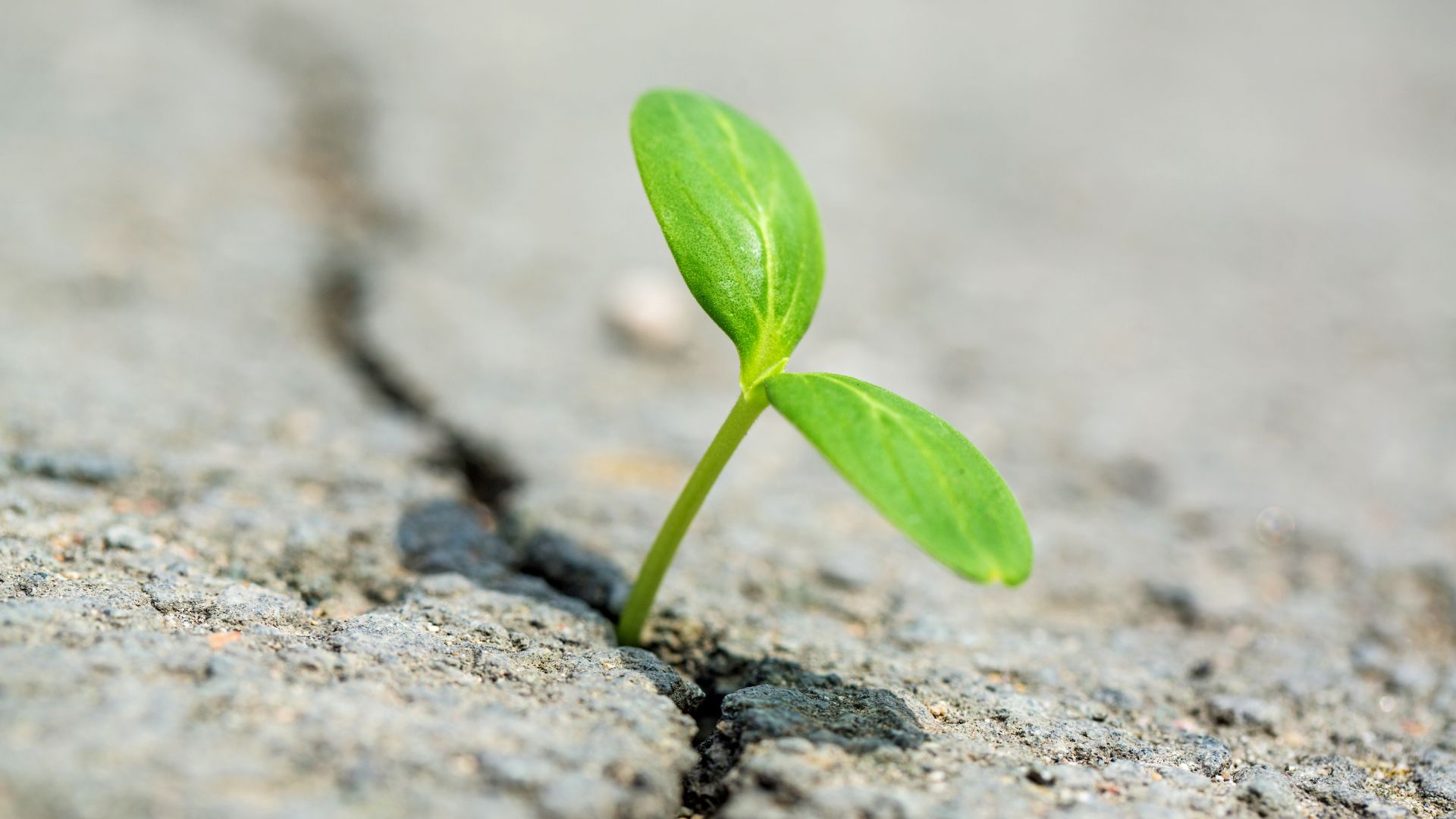Agriculture and Natural Disasters
While the agricultural sector is deeply dependent on Natural variables such as weather, climate, and water availability, natural disasters remain spontaneous challenges that deeply affect the whole agricultural chain worldwide.
Natural disaster impacts on Agriculture include, according to the US Environmental Protection Agency:
- Contamination of water bodies,
- Loss of harvest or livestock,
- Increased susceptibility to disease, and
- Destruction of irrigation systems and other agricultural infrastructure.
Groundwater Contamination; A concern?
When a seismic wave passes, though sometimes faint, groundwater levels in wells can oscillate up and down. While a return to normal levels is normally noted for a period following the seismic activity, but sometimes a long-term offset of groundwater levels can follow earthquakes.
As for water quality, it can very well be affected where shaking was strong enough to be felt. One noted effect is temporarily increased turbidity following the dislodgement of loose sediments from pores and cracks in rocks. Another more serious impact occurs when strong quakes damage sewer lines, gas lines, or any infrastructure containing hazardous materials, releasing contaminants into the water.
The Flora, is it considerably affected?
A study on Effects of Strong Earthquake on Plant Species Composition, Diversity, and Productivity of Alpine Grassland showed that plant community metrics were negatively affected by seismo-fault of earthquake. In this context, diversity and aboveground biomass were significantly decreased around seismo-fault compared with the control. Findings showed that earthquakes can cause species loss and plant community shift and finally lead to productivity.
Relationship between Natural Disasters and Climate Change on Agriculture
Natural disasters have significant short- and long-term effects on economic growth, development, and poverty reduction, according to scientific research. Climate change is expected to intensify climate risks and increase the probability of extreme weather disasters, making it one of the biggest concerns facing humanity in the twenty-first century.
Because of their reliance on agriculture, the constraints of resources, inadequate infrastructure, and unstable institutions, it is widely believed that people in the developing world are more susceptible to natural disasters and climate change.
As long as, Climate change and the agricultural industry are closely related. Climate change has a potential impact on agricultural production while having a significant impact on agriculture.

